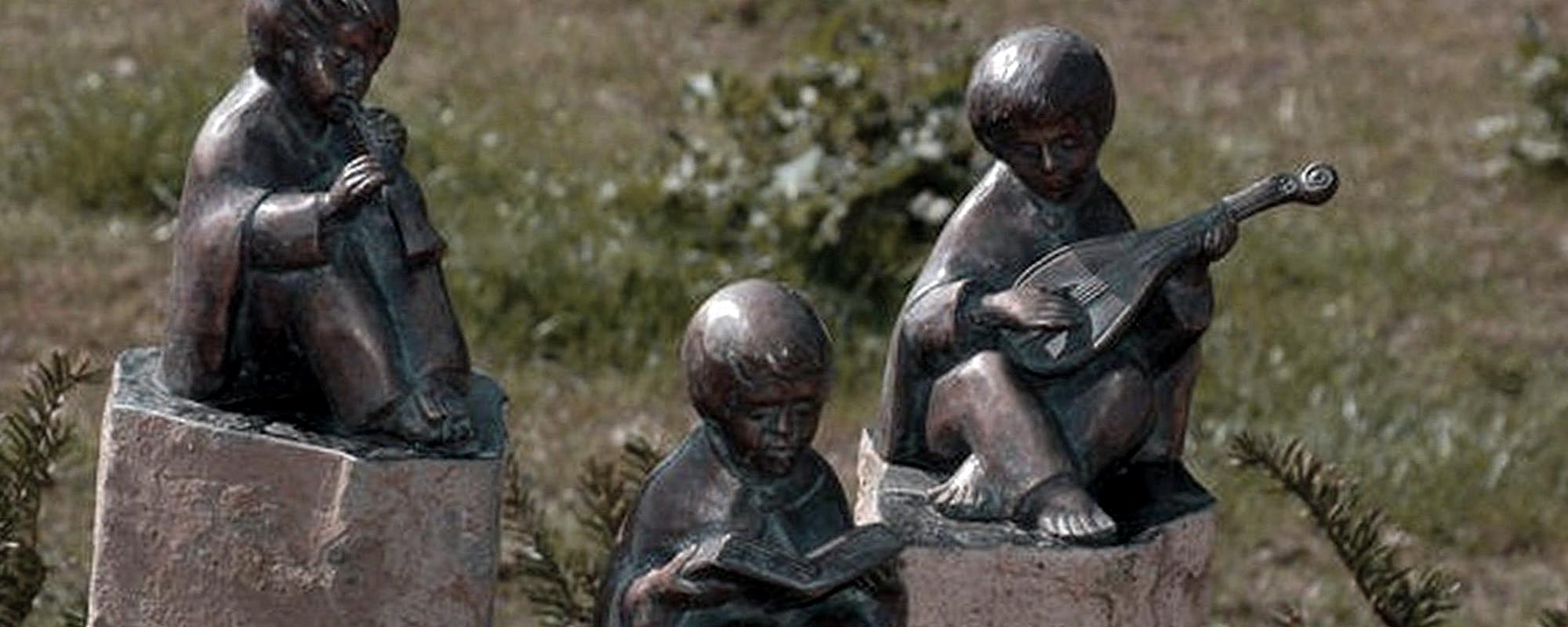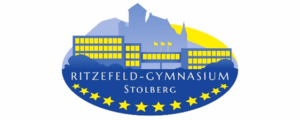230824. Partner schools from Greece, Italy, Latvia, Norway, Spain and Germany initiated a multilateral partnership and carried out joint projects and student exchanges on the topic of “Biodiversity meets music”, which drew attention to the value of biodiversity through music and art. The goals of the project were
• to recognize the significance of the issue,
• to determine and study threatened species and their ecology in each region, and
• to detect problems they face.
• Furthermore, human influence on these ecosystems or the bioindicators, respectively, was elaborated, and
• solution strategies to problems related to biodiversity were developed and supposed.
• These results were presented in an extensive exhibition to raise awareness of the different forms of biodiversity and to illustrate its international relevance in different contexts.
• For this purpose, we also used the means of music as a universal language, ending in a joint final concert.
Due to geographical, social, and cultural aspects, each school selected and presented different issues relevant for their region. The international dimension of the project relates to both the UNESCO topics “Biodiversity” and “World Heritage Earth”, as different concepts of life and perspectives on the dependence on biodiversity are examined from an economic, ecological, and cultural point of view. Biodiversity is part of different curricula in all countries; therefore, the project offered the opportunity to benefit particularly from its results and products.
Biodiversity is essential for ecosystem services and thus for human well-being. Therefore, we examined various aspects of biodiversity and its importance for our daily life in the context of an international exchange. Due to local or regional peculiarities, all partners discovered different issues and views on this topic. During the project period, activities focussed on the questions: What is biodiversity? Which species are threatened in my environment? What is the significance of biodiversity for humans? What are the causes of species loss? What does the development of species loss mean? Can the extinction of species be stopped? What approaches are there to preserve or protect biodiversity? What can I do about it? How can I contribute to increasing social awareness of biodiversity?

In detail, the particpants analysed their environment in the light of sustainability to understand the European importance of biodiversity. The fundamental aim was to identify the cross-border, interdisciplinary significance and the resulting consequences and challenges. We also addressed geological, geographical, and cultural contexts, e.g. music, art or literature. Our students expanded their research and presentation skills, they learned how to plan, conduct, and analyse surveys and other data collections. The activities during the exchange sessions included visits to nature reserves, research institutes and nature conservation associations. The focus was on the analysis of species loss, its causes and the documentation and presentation of the results. In the long term, this increased their understanding of the importance of biodiversity as a basis for sustainable and social life.

We understood that, in order to raise awareness of the many benefits and values of biodiversity, it is necessary to win the “hearts and minds” of politicians, managers, citizens, scientists and stakeholders so that they can bring about appropriate social changes. Music can help to convey some of the affective components of environmental education – emotions, values and motivations that drive environmentally friendly behavior. It can convey both content and emotions, it can captivate, entertain, and create a sense of community. Music as a universal language brings people together, makes them dance and sing along. It paves the way directly into our hearts and intoxicates our senses. Therefore, we intended to use music as a tool of environmental education and defense.

Our musical engagement with the issues developed from getting to know each other’s cultural characteristics of music and dance in the respective regions, to a creative engagement with the musical delivery of the elaborated messages. The efforts comprised acquiring basic skills in courses on sound technology/recording and mixing natural sounds and music, which in some cases also made possible own compositions inspired by the sounds of nature. Making music, and considering typical sounds of the country also highlighted cultural diversity. In this part of the project, our students expanded their presentation and performance skills by organising events (e.g. music events), documenting the project and communicating with our partners. Prepared and performed at the various meetings, a final joint concert summarised the variety of efforts both in a content- and music related way.

|
Ritzefeld-Gymnasium Stolberg Ritzefeldstr. 59, 52222 Stolberg, Germany Homepage: www.ritzefeld.eu Contact person: Dr. R. Ostrowski |
|
|
Jelgavas 4.vidusskola Akmeņu 1, Jelgava, LV3004 Latvia Homepage: www.4vsk.jelgava.lv Contact person: Mrs. I. Balode |
|
|
ISTITUTO COMPRENSIVO MODUGNO GALILEI VIA EUROPA LIBERA 3, 70043 MONOPOLI, Italy Homepage: https://www.icmodugnogalilei.edu.it/sito/ Contact person: Mrs. F. Tournier |
|
|
Strinda Upper Secondary School Erling Skakkes gate 14, 7013 Trondheim, Norway Homepage: https://web.trondelagfylke.no/strinda-videregaende-skole Contact person: Mr. M. Mcdonagh |
|
|
1st High School of Kissamos Ηρώων Πολυτεχνείου 53, 73400 Κίσσαμος, Greece Homepage: http://1gym-kissam.chan.sch.gr/ Contact person: Mrs. M. Fourountzoglou |
|
|
IES FEDERICO MAYOR ZARAGOZA CAMINO DEL SILO Nº4, 41012 SEVILLA, Spain Homepage: www.iesfmz.org Contact person: Mr. P. Ortega Rodas |





